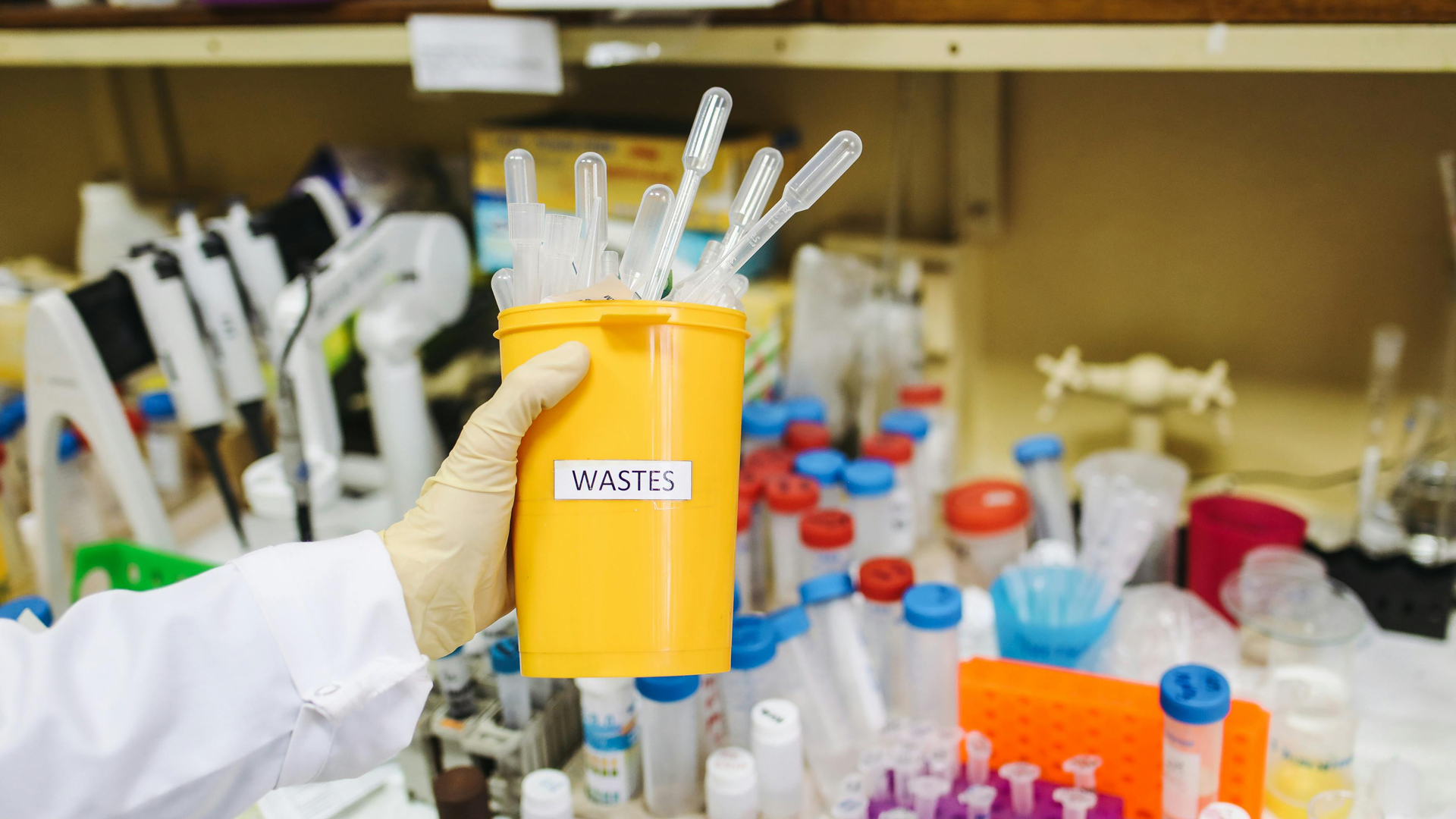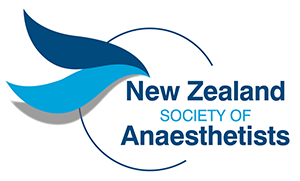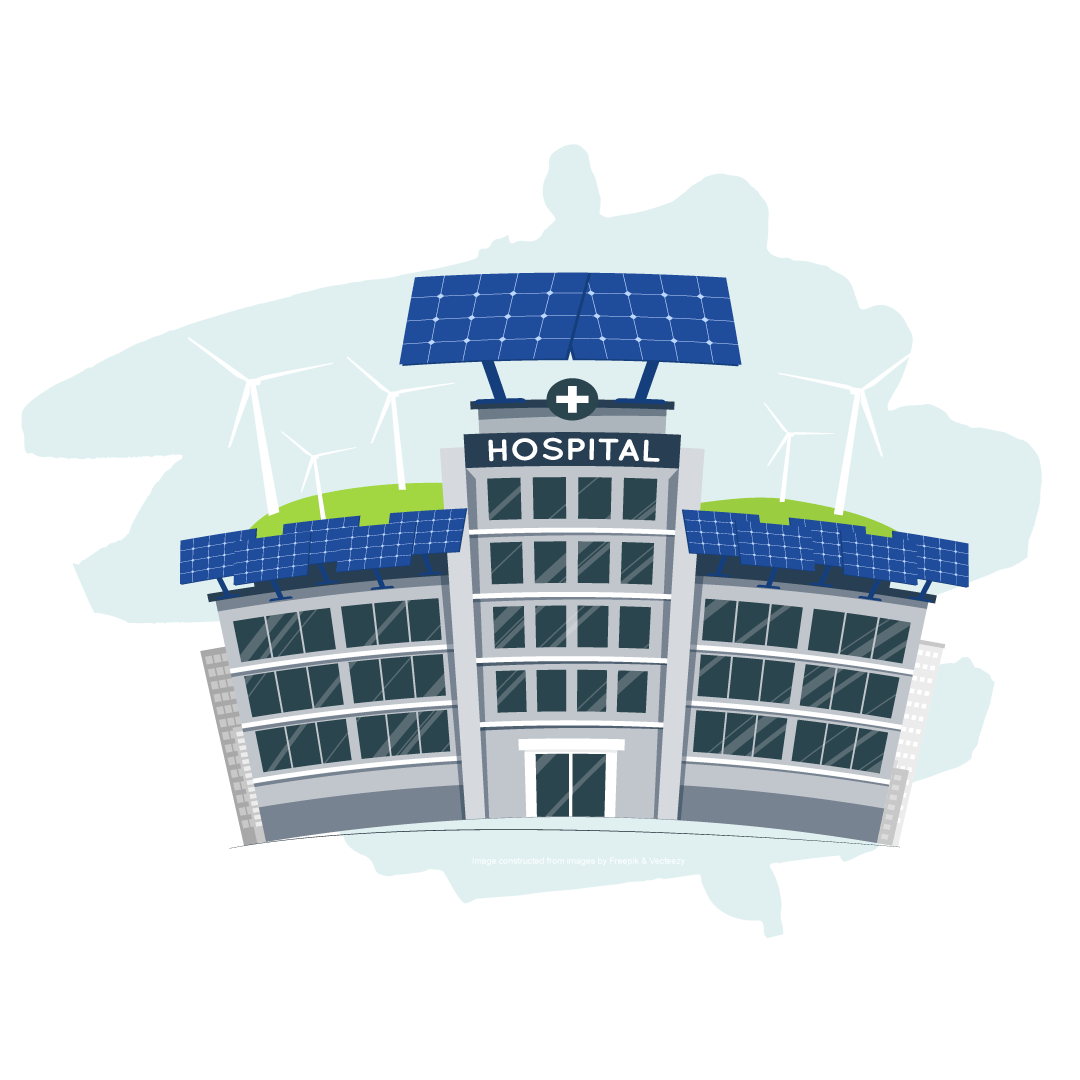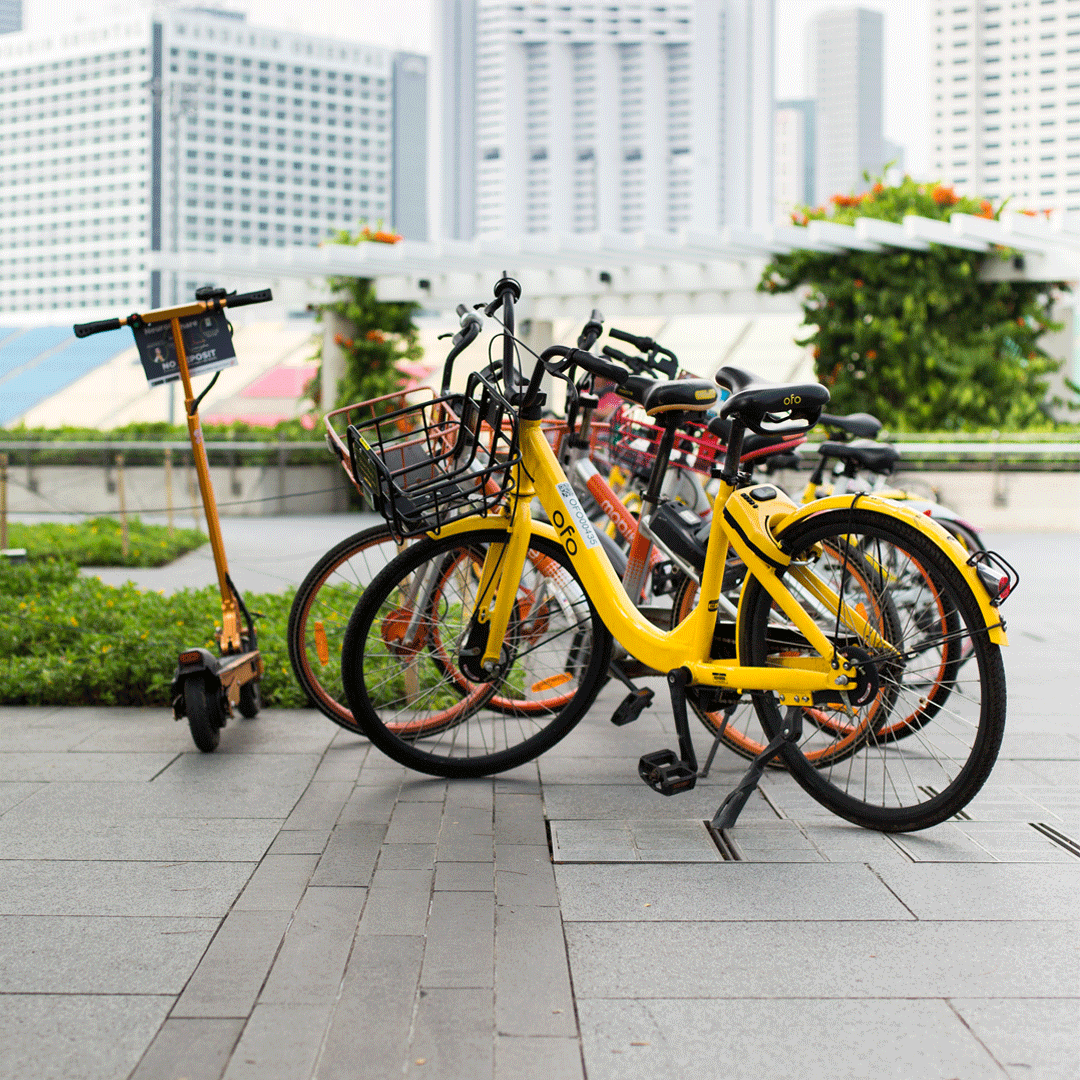Implants & Disposables: Decarbonising Healthcare Part 3

NZSA Environmental and Sustainability Network article from NZ Anaesthesia Issue 64, April 2024.
Read the full magazine here.
By Dr Rob Burrell
In our previous columns towards decarbonising healthcare, we have tried to put some context on what may otherwise appear to be overwhelmingly large problems.
We have looked at energy, and how relatively simple the pathway is towards sustainable and decarbonised energy in the public health system.
Our second column discussed the footprint of staff and patient travel. It explored some of the co-benefits of reducing this footprint and some of the avenues towards achievement.
If energy accounts for 11% of the carbon footprint, and transport of people 17%, what is the next big contributor we should discuss?
The largest fraction of the carbon footprint of public healthcare in Aotearoa is implants and disposables combined, at almost 20% of the total. Add in some “other sundries” and it’s over 25%, probably more. These items are often manufactured somewhere else, often made from carbon-intense componentry, travel the world to our shores, and are usually used only once. Seldom are they recyclable or compostable, and so their disposal
also comes at a high carbon cost. In their manufacture, these items may pass through multiple countries in their construction, and they often arrive at our workplace in obscene amounts of packaging.
While pacemakers and prosthetic hips are implants, so too are sutures and contraceptive devices. A stent and a lens, a plate, and some screws; these are all implants, with which we work every day. When it comes to implants, anaesthesia is closely involved.
What is a disposable item? Anaesthesia works with a lot of those too: drapes, gloves, iv apparatus, bandages, and dressings. Disposable items are ubiquitous in modern healthcare, and almost all manufacturers seem hell-bent on more single-use straight- to-landfill stuff: patient hover mats, airways, and tubing, and even pulse oximeters and cardiac catheters. Add in the paper towels and soap, the hand gel, the PPE, and all the items you use to do your work, and it’s a mountain of rubbish, because it all goes to landfill, often after doing the briefest of functional duty.
Next time you use an iGel, as an example, take a close look. Where is it made? How did it get here from Lithuania? How much energy is embodied in the raw materials and construction? What’s it made from and how were those different plastics put together? What does it weigh? What is the packaging? What happens when I have used it? Where does it go? Then take a look at a different but similar item. How does it compare? If they are both fit for purpose, what is the carbon footprint of the two similar items, and which should we choose? Is there a reusable option?
Life cycle analysis (LCA) is the way to answer these questions. It can be done in different ways, with different boundaries, and of course we are talking cradle to grave. It is a specialised area of expertise, and you can’t knock one out over the course of a coffee-fuelled weekend in your garage. ANZCA ran a webinar on LCA’s three years ago; you can learn how to do them. There is a developing repository of healthcare LCA data to which you can refer (https://healthcarelca.com/) but of course the information needs to be relevant to Aotearoa. How did it get here? Our electricity is green, our water pretty abundant, but our waste management is grubby.

Consequently, LCA needs to include things specific to our jurisdiction, and findings should not be taken out of context. If it were your job to decide between single- use bronchoscopes and reusable ones, for example, how would you go about making the determination? How do you factor in issues of compliance, patient risk from an inadequate device or a dirty device, and costs of storage and maintenance? And would the data you find trawling the internet be relevant to our country, health system, work practices and so on?
The exciting thing is that standards for procurement (purchasing all this stuff) have gone up, and a national procurement strategy is coming. Nobody wants to buy things made with child labour, and some of the awful practices in third-world mines are becoming more apparent. Cobalt in your hip prosthesis, anyone? Our government cannot be seen to purchase unethically; there is no moral excuse. Life cycle analysis will begin to inform purchasing decisions, and it will be up to informed clinicians with technical advice from LCA experts to decide what we buy, use, and perhaps discard. The data needs to comefrom manufacturers, and we need a system to audit or quality check their information. And then we can compare apples with apples, CT scanners with CT scanners, and paper towels with paper towels.
The flip side of the attention to detail that anaesthetists like to bring to bear is that the answers to these issues are not just to buy the least carbon-cost item, or to buy reusables every time, but to examine the really big picture. How do we stop people needing health services? If we could reduce our rates of diabetes just a little bit, we’d save enormous amounts of carbon and dollars on all the amputations and dialysis we don’t do, and we’d allow for much more human flourishing. That pathway is beyond this article, but it is certainly not beyond the lobbying purview of colleges and societies and the entire healthcare profession.
As a profession, we can begin to manage down the carbon costs of items, b(u)y choosing wisely, and with an eye to using more carbon-intense options only when necessary. We make those choices individually. It is great to have choices at the workplace so you can do your best work. And we also make those choices collectively, as departments and advisors and committees. When you get an opportunity to participate at any level, give some thought to how you can contribute to decarbonising our health system.
Dr Rob Burrell is the former Chair of the NZSA’s Environmental and Sustainability Network and Clinical Lead of Health New Zealand Te Whatu Ora’s climate change working group.
Photo credit: Polina Tankilevitch




